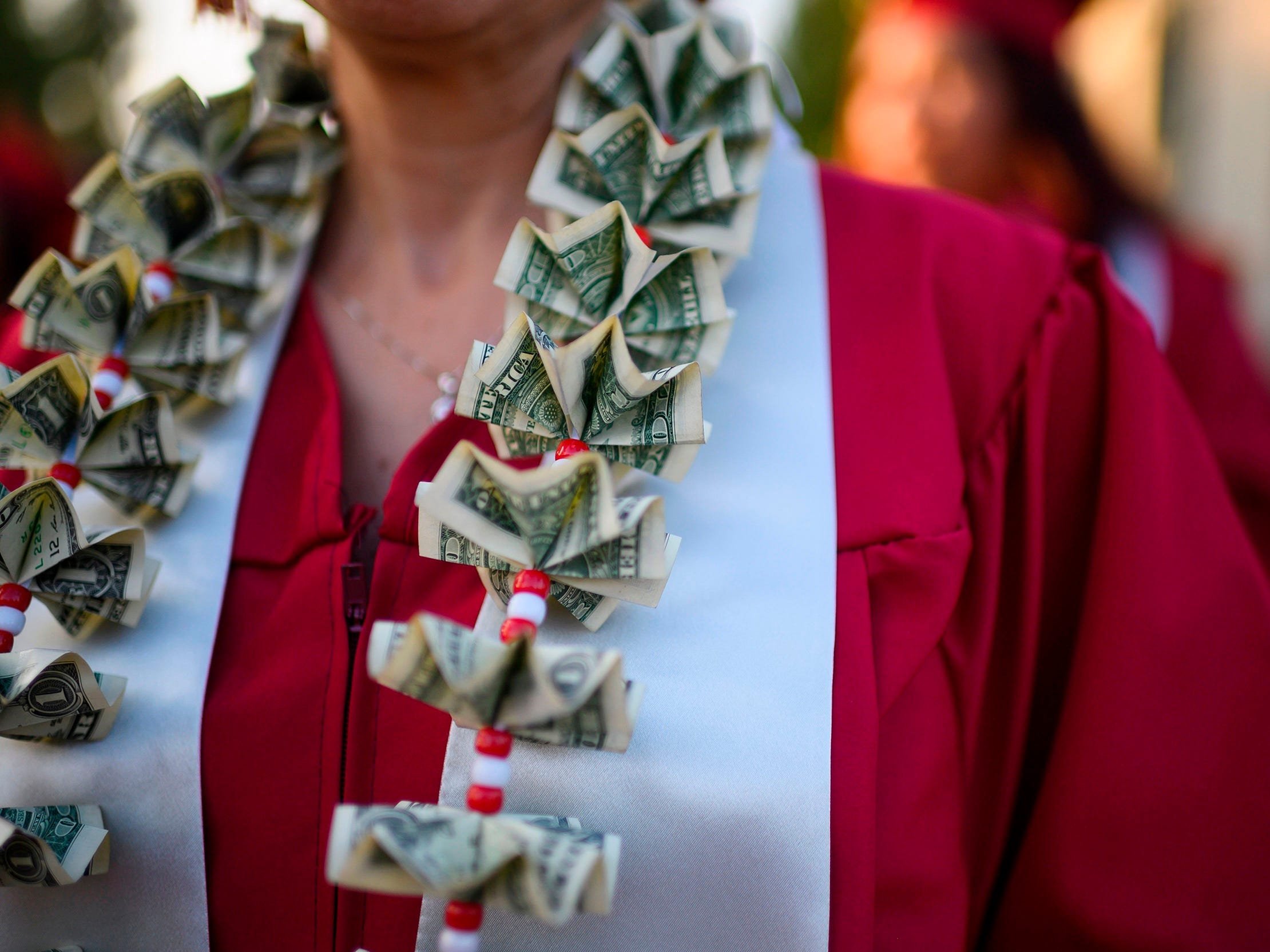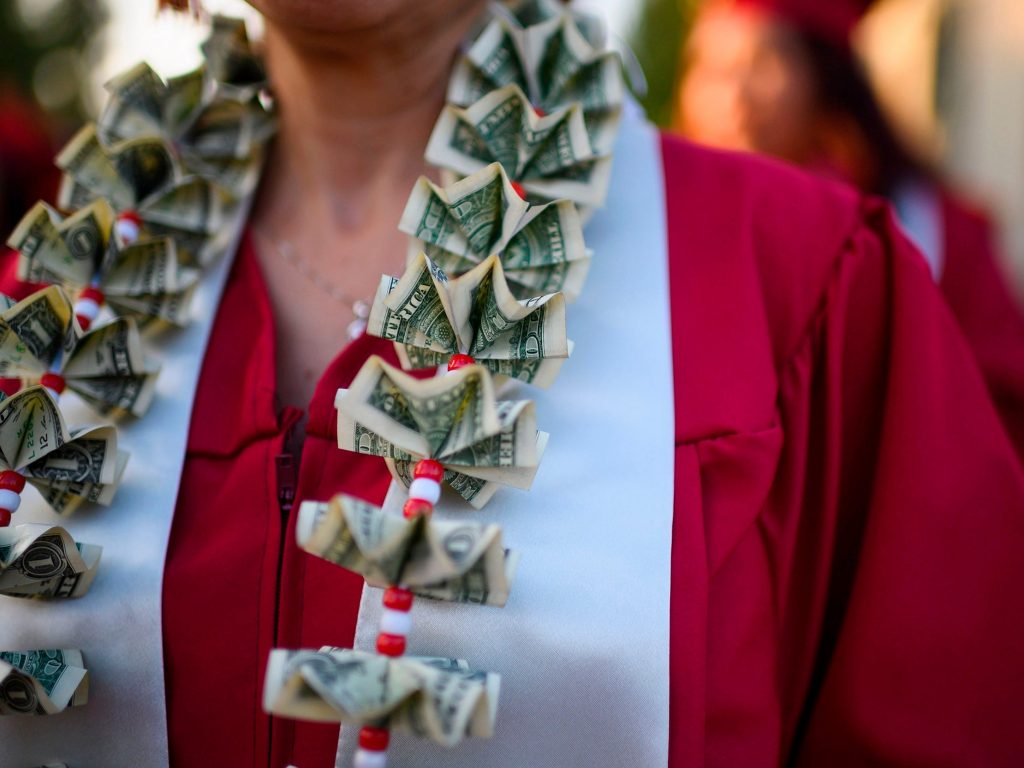
- A new Student Debt Crisis Center survey found 89% of fully-employed borrowers aren't financially secure enough to restart payments.
- Nearly a third of those borrowers will spend a third of their income on paying off their debt next year.
- This means borrowers will be even more strapped for cash as prices across the country continue to rise.
On February 1, 2022, the relief student-loan borrowers have had since the start of the pandemic will be stripped away and they will be thrown back into repayment — whether they're ready or not.
And most of them are not.
The Student Debt Crisis Center, in partnership with Savi — a social impact technology startup — released the results of the fourth installment of the Student Debt x COVID-19 series on Wednesday examining the impact of the pandemic on student-loan borrowers. It found that although student-loan company communication to borrowers has improved since June, 89% of fully-employed borrowers say they do not feel financially secure enough to resume payments in a few months.
One in five of the respondents said they will never feel financially-secure enough to restart their student-loan payments.
"What we saw this time around is that student loan borrowers are being informed by their loan servicer and by the Department of Education at higher rates, and student loan borrowers are actually employed at very high rates," Cody Hounanian, executive director of the Student Debt Crisis Center, told Insider. "And despite that good news, nine in ten borrowers say they're not ready to resume payments on February 1."
Hounanian added that even though those borrowers are fully employed, 27% of respondents said one-third of their income will go toward making monthly payments, and one in ten respondents said half of their income will go right into paying off their student debt.
"When we think about that huge, huge chunk of their income going to student loans at a time when the nation's talking about rising inflation and increased costs, it's a recipe for financial disaster," Hounanian said.
Aaron Smith, co-founder of Savi, told Insider that of the fully-employed borrowers in the survey, their average income is about $63,000, and "the idea that over 10% versus a third of their income could go toward their student loans is a good explanation for why they're feeling that financial anxiety."
Other main findings from the 33,000 survey responses include:
- 88% of respondents said the pandemic payment freeze was critical to their financial well-being during the pandemic;
- 87% said the relief allowed them to make payments on other bills during the pandemic;
- 44% of fully-employed borrowers said they are in default on their debt or cannot afford to make any payments;
- And 45% of respondents said their financial wellness is currently poor or very poor.
The student-loan pandemic payment pause gave borrowers the chance to take their minds off of their student debt loads and devote their earnings toward basic necessities and bills. For example, a borrower previously told Insider the pandemic pause allowed her to fully pay off her medical bills from having a baby, and many others have reported extreme anxiety that comes with making payments again in just a few months.
"Restarting payments makes me very anxious because I somehow have to find that extra $200," Gwen Carney, a single grandmother with $75,000 in student debt, previously told Insider. "I just don't have it."
Even after the pandemic payment pause, millions of borrowers aren't better off
Insider reported on Tuesday that, based on new Education Department data, of the 7.7 million borrowers who were in default on their loans at the start of the pandemic, 93% of them still are.
The department is reportedly considering a "safety net" for borrowers once payments resume, one of which could include automatically erasing defaulted payments for 7 million borrowers and giving them a "fresh start." Details for those plans have yet to be finalized, though, leaving borrowers with minimal information on what to expect on February 1.
"It's quite clear that student loan borrowers are not ready to resume payments," Hounanian said. "So we're really calling on the Department of Education to put out some guidance, be clear about what the options will be for student loan borrowers and make sure that the process that student loan borrowers will take is clearly laid out as soon as possible."
